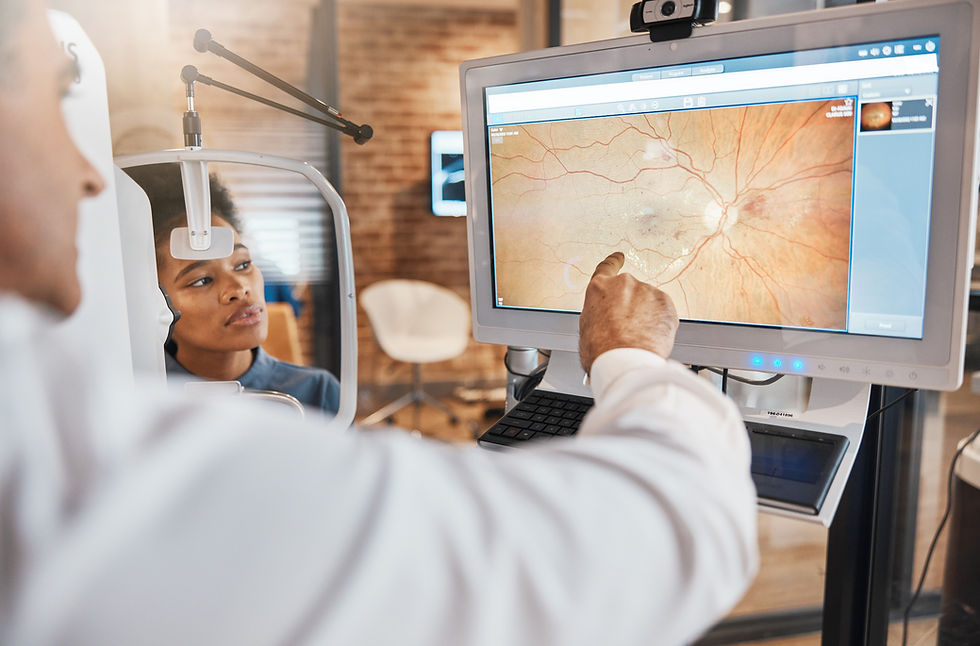Blepharitis and Tender Loving Self-Care
- by Dr. Z Aleksic

- Jul 10, 2023
- 3 min read

Blepharitis hasn’t had as much air-time than other eye conditions, perhaps that is why I am only getting to it now in my blog series. That said, with a focus on Blepharitis I’d like to remind all my readers of a prevention and cure that seems to crop up in all of my blogs.
Put simply, Blepharitis is the inflammation of the eyes. More specifically, it is the inflammation of the oil glands in your eyelids. This can cause burning, itchy eyes, dry eyes or tearing. In this explanation about the condition I will keep coming back to the same thing. When it comes to prevention and treatment, the same sentiment prevails – regular check-ups, old fashioned eye-hygiene, and a little bit of TLC in the form of self-care can go a long way.
What happens with Blepharitis?
The oil glands in your eyes make the oil in your tears. Tears are made up of oil, fat and water. These oils can get trapped, causing the gland to get clogged, thus preventing the oil from getting into the tears where it needs to be. From even this short explanation I am sure it is clear that we need every part of this process to work properly in order to see clearly and have healthy tears. Now, if Blepharitis could prevent me from crying, for example during a tragic episode of my favourite TV series, then this wouldn’t be so bad, but unfortunately Blepharitis’s effect on tears has very little to do with crying and a lot to do with other more uncomfortable symptoms.
The bad part
The bad part is that there is no cure for this condition, so it needs to be managed and maintained through a daily eyelid cleaning routine. This is why it is important to maintain good eye hygiene; something which is even more crucial for those who wear eye makeup. Another one of the symptoms is that it can cause eyelashes to fall out, and when they grow back they could do so in a misdirected fashion, which can be pretty miserable for a number of reasons. It can also make people unable to wear contact lenses comfortably.
So, who is most at risk?
As a doctor I find this most interesting as it shows the way nature and nurture play a role in risk factors. With Blepharitis it is often women in their 40s and 50s who are most susceptible. This is due both to environmental factors as well as hormonal reasons. Their hormones, work environments such as being in an office, being in air-conditioning and having an extended time on screens means they are more at risk. Those who are more prone to rosacea, dry skin and ocular sensitivity are also more likely to get it.
Treatment and Prevention
Diets rich in fatty acids are helpful in improving the symptoms of blepharitis. Treatment is simply a little bit of self-care: a warm compress up to four times a day. To do this, take a cloth and put some warm water on it and lay it over your eyes. The heat will soften the oil in your eye glands. Once this is done, with clean fingers you can massage and get rid of trapped debris around your eye. In addition to this, your eye doctor can prescribe medications and wipes which can be purchased at your local pharmacy. They all work differently for different individuals, so it is worth trying various options to see which works best for your eyes. You could also be prescribed a topical antibiotic or steroid drop to help the inflammation in your eye. This is why I would recommend seeing your local eye doctor to discuss all the different types of treatment.





Comments